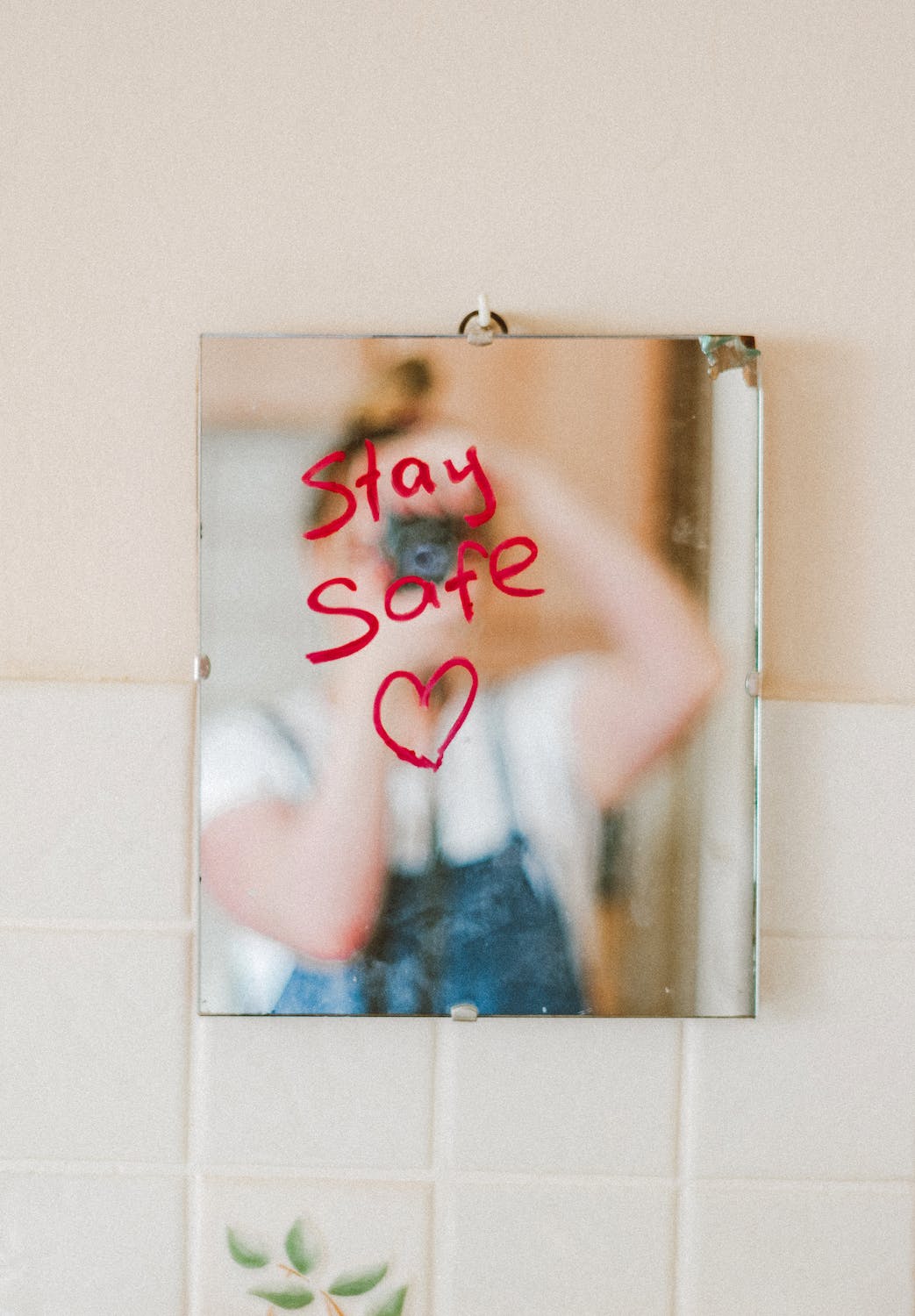
Living in an abusive relationship can be incredibly challenging for many reasons and you may feel like you have no power or ways to protect yourself, but you can. Finding a safe space within your own home is crucial for your well-being. While it can be difficult to navigate the complexities of domestic abuse, implementing specific measures can significantly improve your safety and help you gain a sense of control.
Here I have put together a brief example of things you can do to keep yourself safe until you can get out of the situation you are in. It is also important to remember to try and make someone aware of your situation, a doctor, a friend, or anyone that you trust to help get you to safety.
You are strong, I am incredibly proud of you for reaching out and looking for ways to keep yourself safe and I hope that some of these examples may be able to help you. I’ve kept the information brief to minimise reading time, but I will go into each of these more thoroughly in future blog posts.
1. Develop a Safety Plan:
I have a safety checklist available, if you want to send an email to info@littlerockwellnessandcoaching.co.uk, I will get one sent over to you.
Creating a safety plan is an essential step towards protecting yourself. Identify potential risks and devise strategies to mitigate them. This plan should include emergency contact numbers, a list of safe places to go, and a code word to alert trusted friends or family members if you’re in immediate danger.
2. Strengthen Your Home Security:
Enhancing the security of your home can help you create a safer environment. Consider installing sturdy locks on all doors and windows, reinforcing entry points, and adding security cameras or an alarm system. Discuss these changes with a trusted neighbour, so they can be aware of your situation and provide additional support.
3. Document Incidents:
Keeping a record of incidents, including dates, times, and descriptions, is crucial for building a case against your abuser if you decide to seek legal help. Safely store this evidence outside your home, such as with a trusted friend or in a secure online platform, to ensure it remains confidential. Voice recordings and videos can help significantly, but you do not want to alert the abuser to you making these recordings, so if you don’t feel that it is safe to do so, don’t.
4. Establish a Support Network:
Reach out to trusted friends, family members, or support organisations who can offer emotional support and practical advice. Inform them about your situation and ask if they can provide a safe space if needed, whether that be somewhere you can escape to for an hour or two, or whether they can put you up until you can find somewhere else.
Having someone you can confide in and rely on is essential to protect your mental health and to help with the realisation that you are not alone. That said, many people do get isolated from friends and families by the abuser, so it may feel like there is no one to help. Reach out to people you trust, whether it has been 1 year or 10 years if they are true friends then they’ll just want to help you and not punish you for shutting them out.
Many domestic abuse charities have helplines that you can call to get advice, there are also groups dedicated to helping those who are going through abuse. I am also available for you to contact, but bear in mind my replies won’t be instant, so if you need urgent advice I strongly recommend turning to a friend or charity for help
5. Utilise Technology:
Technology can provide additional layers of security. Use mobile apps designed to track your location or send emergency alerts to trusted contacts. Some apps even allow you to discreetly record incidents or document evidence. Research and choose the ones that align with your specific needs and concerns.
6. Educate Yourself:
Knowledge is power, and understanding the dynamics of domestic abuse can help you navigate through challenging situations. Educate yourself about available resources, legal options, and support networks. Numerous organisations provide educational materials, helplines, and counselling services to empower survivors and assist them in finding a safe space.
I offer some free trauma-informed coaching sessions for those who are going through domestic abuse.
7. Create an Escape Bag:
In case you need to leave your home quickly, having an escape bag ready can be a lifesaver. Pack essential documents, medication, a change of clothes, spare cash, and any other items that are crucial to your well-being. Store this bag in a safe place preferably out of the home with family or friends but if this isn’t an option choose a place you are sure your abuser won’t look.
I have included a list of organisations within the UK who can help those suffering domestic abuse. Click the link below to open the PDF.
Creating a safe space within your home while suffering from domestic abuse is essential for your physical and emotional well-being. By developing a safety plan, strengthening home security, documenting incidents, establishing a support network, utilising technology, educating yourself, and preparing an escape bag, you are taking vital steps towards the life you deserve, a life away from abuse. Remember, you are not alone, and numerous resources are available as outlined above.
Stay Safe
You Can do this!
Have you enjoyed reading this blog? if so, click HEREto read more


Leave a Reply